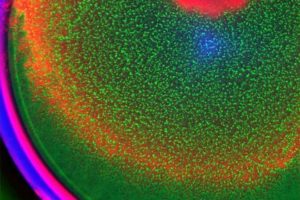biomedical engineer
JAMA features NJIT biomedical engineer helping stroke patients
The Journal of the American Medical Society (“Medical News & Perspectives”, Jan. 19, 2011) featured the research of NJIT Associate Professor Sergei Adamovich, a biomedical engineer. Adamovich and his research partners, physical therapists Alma M…
Biotechnology researchers denounce Supreme Court decision
The Supreme Court decision that a genetically modified mouse cannot be patented in Canada may have severe consequences for biotechnology researchers in this country, say U of T experts. In a 5-4 ruling Dec. 5, the court determined that the so-called Harvard Mouse could not be patented as an invention according to current Canadian law. The mouse, developed at Harvard University during the 1980s to have a genetic predisposition to cancer, is already patented in several other countries. The majority decision, written by Justice Michel Bastarache, said that the current Patent Act provides no guidance for the patenting of “higher life forms.”
Scientists Grow Nano Blood Vessels
Traditional heart bypass surgeries require using veins from the leg to replace damaged blood vessels. Using a nanotechnology developed by Virginia Commonwealth University researchers, doctors soon could be using artificial blood vessels grown in a laboratory to help save half a million lives every year. The new technology produces a natural human blood vessel grown around a scaffold, or tube, made of collagen. Using a process called electrospinning, VCU scientists are making tubes as small as one millimeter in diameter. That’s more than four times smaller than the width of a drinking straw and six times smaller than the smallest commercially available vascular graft.


